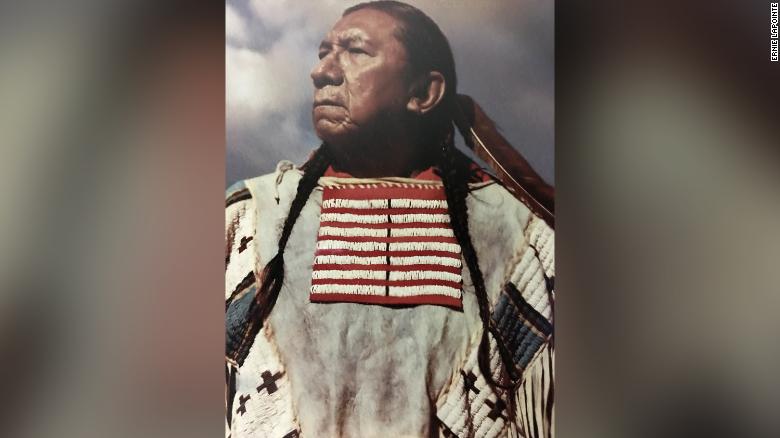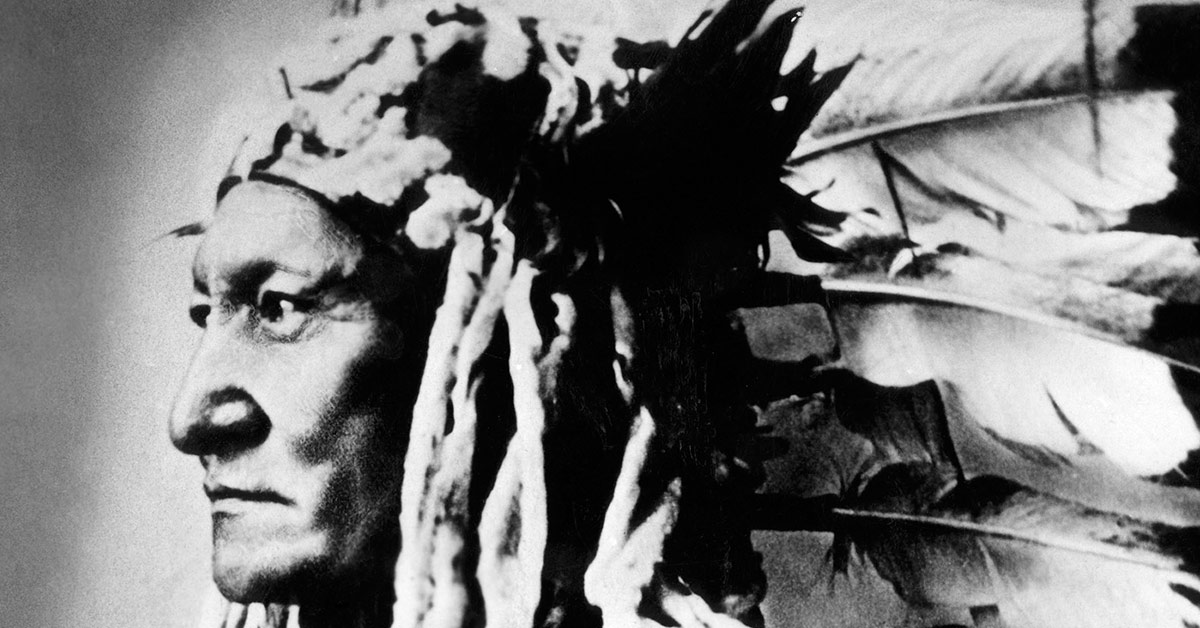Sitting Bull was a famous Indigenous American chief who lived between 1831 and 1890. He is known as the chief that united the tribes of the Sioux to fight back against the settlers. Shot and killed by reserve police in 1890, his legacy and legend still live on. Recently, scientists were finally able to trace his DNA to people still alive today. They verified that a 73-year-old man in South Dakota is Sitting Bull’s great-grandson. (1) The findings were published in the journal Science Advances. (2)
Scientists Trace Sitting Bull’s DNA To Identify His Great-Grandson
73-year-old Ernie LaPointe has long claimed that he is a direct descendent of the famous Sioux chief Sitting Bull. He wanted to have the power to move his great-grandfather’s remains from their current burial site to one that he says has more cultural significance to the chief. Without proof that they were related, however, meant that he couldn’t claim those rights.
University of Cambridge professor of ecology and evolution Eske Willerslev is an expert on ancient DNA. His area of study typically focuses on using DNA to understand the differences and similarities of different groups of people from around the world. He first heard of LaPointe’s plight over 10 years ago. Studying Sitting Bull’s DNA was a bit of a different project, but he couldn’t give up the opportunity. (3)
“I reached out because I’m an ancient DNA researcher,” Willerslev said. “I told LaPointe, ‘If you want to do this, I think I can help you.'”
Read: Why the Piraha People Live in the Moment and Are Considered the Happiest in the World
A Different Kind of DNA Study
Sitting Bull was the chief of the Hunkpapa Lakota Sioux. After a native American policeman killed him in 1890, an army doctor took a lock of his hair and his wool socks. In 1896, the Washington D.C. National Museum of Natural History obtained the items. They sat there on display until about 10 years ago when they were given back to the LaPointe family. (4)
The challenge? The hair had been sitting at room temperature at the museum for more than 100 years. Most of the DNA had degraded so poorly that it was essentially unusable.
“There was very little DNA in the hair — way too little for established methods of DNA analysis,” he said. “So we had to develop a new method.”

Fourteen years later, Willerslev and his team were finally able to develop a technique that can find what is called “autosomal DNA”. This is non-sex-specific DNA that you inherit from both your mother and father. They had to use this DNA because LaPointe said he was related through his mother’s side. Sex-specific DNA searching techniques usually rely on Y chromosomes, which you inherit only from your father’s side.
They compared the autosomal DNA from Sitting Bull to that of LaPointe and other Lakota Sioux. The goal of using the other people’s DNA as well allowed the scientists to establish the familial connection. Using this method, they were able to genetically prove that LaPointe is Sitting Bull’s direct descendant.
Read: Vikings were in North America in 1021, well before Columbus, researchers say
Not Necessarily A Big Win For LaPointe
Despite having genetic proof of his relation to the murdered Indigenous Chief, LaPointe will still likely have a tough battle before he gets ahold of his great-grandfather’s remains. This is because while he now has genetic proof, the fact that he is Sitting Bull’s descendant wasn’t actually something that anyone really protested.
“To my knowledge, there’s never been any real challenge to Ernie LaPointe and his siblings’ direct descent from Sitting Bull,” said University of Alberta professor of Native Studies Kim Tallbear “We have detailed genealogies that we keep through oral history and now also tribal genealogical documentation.”
This Discovery Could Be Helpful For the Future
Tallbear says that this new way of searching DNA has positives and negatives. On the positive side, it could be very helpful in confirming other family lineages between the living and the dead. It can also be helpful in criminal investigations where there is little salvageable DNA. Finally, it can be used in high-profile genealogy studies.
On the negative side, for the Indigenous, using means like this to “prove” their indigenous heritage and lineage is another means of catering to other people’s definition of the term rather than their own. This, of course, goes against what the indigenous people want and also what people like Sitting Bull fought for. Still, it is at least one factor that may help the LaPointe family in reclaiming their ancestor’s remains.
Keep Reading: How the Women of Standing Rock Inspired the World
Sources
- “Sitting Bull.” Britannica. January 12, 2021.
- “Identifying a living great-grandson of the Lakota Sioux leader Tatanka Iyotake (Sitting Bull)” Science Advances. October 27, 2021.
- “Sitting Bull’s great-grandson identified through DNA fragments.” NBC News. Denise Chow. October 28, 2021.
- “Sitting Bull.” History. October 23, 2019.

